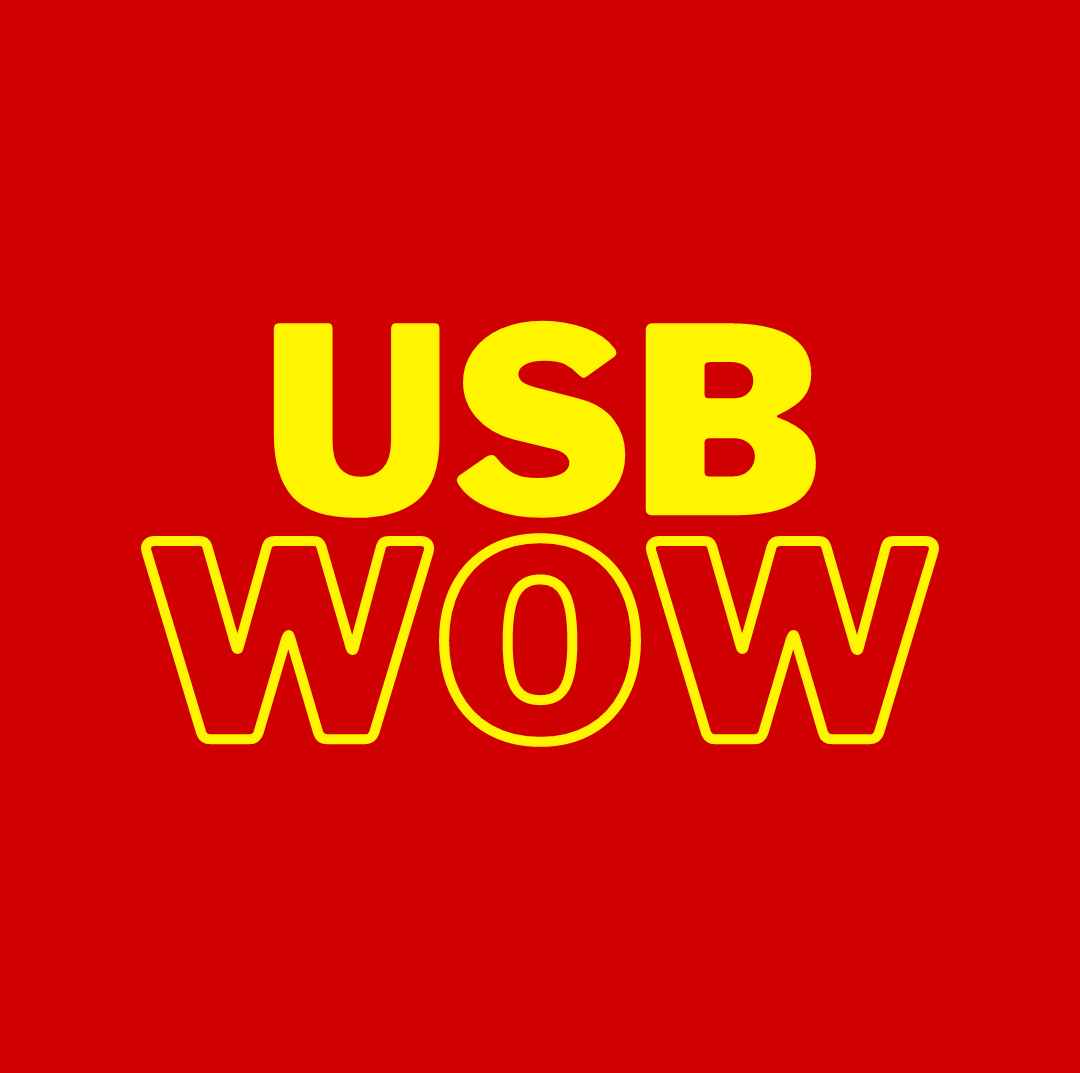USB hubs are super handy for connecting multiple devices to your computer, but getting the best speed out of them can be a bit tricky. Let’s dive into some popular questions that people often have about maximizing USB hub speed and get you…ummm…up to speed.

1. How Can I Get the Fastest Speed from My USB Hub?
Ah, the need for speed! To maximize usb hub performance, you’ll want to make sure you’re using a hub that supports the latest USB standard, like USB 3.0 or USB 3.1 Gen 2.
These standards offer higher data transfer rates compared to older ones. Also, consider the devices you’re connecting – if they support a faster standard, you’ll reap the benefits of that speed.
2. Why Is My USB Hub Running Slow?
Feeling the need for more zip? If your USB hub is acting sluggish, there could be a few reasons. One common culprit is overloading the hub with too many power-hungry devices.
Remember, the more devices you connect, the more the hub’s bandwidth gets divided. If some of your devices are power-hungry, they might be hogging the bandwidth, causing slower speeds for everything else.
3. Do All USB Ports on a Hub Have the Same Speed?
Not all USB ports are created equal! On some hubs, all the ports might have the same speed, but on others, there could be a mix.
Some hubs have “upstream” and “downstream” ports – the upstream ones connect to your computer, and the downstream ones connect to devices.
The upstream port often has a higher speed rating than the downstream ports. So, if you’re looking for the fastest connection, make sure to use the upstream port for your speed-hungry devices.
4. Can I Use an External Power Supply to Boost Speed?
Boost it up! Some USB hubs come with an external power supply option. If you’re using power-hungry devices like external hard drives or charging multiple devices at once, connecting the hub to a power source might help improve performance.
This additional power can help prevent devices from drawing too much power from your computer, potentially leading to better overall speeds.
5. Does the Type of USB Cable Matter for Speed?
Cables play a part too! While USB hub speed is influenced by various factors, the type and quality of the USB cable you use do matter.
If you want to maximize usb hub performance, opt for USB cables that support the latest USB standards and have good shielding to reduce interference. A poor-quality cable might bottleneck the potential speed of your USB hub.
Getting the Fastest Speed from Your USB Hub
Alright, time to talk about getting that USB hub speed up to warp drive! To get the fastest data transfer rates, you need to consider a couple of things: the USB standard and the devices you’re connecting.
USB comes in different flavours like 1.0, 2.0, 3.0, and so on. These standards affect how quickly data can flow between your computer and connected devices.
USB 3.0 (also known as USB 3.1 Gen 1) brought a big speed boost over USB 2.0, and USB 3.1 Gen 2 took it up a notch further. If your USB hub and devices support these newer standards, you’re in for some seriously zippy data transfers.
However, here’s the catch: the entire chain needs to be strong. If you’ve got a USB 3.0 hub but connect it to a USB 2.0 port on your computer, you won’t hit those top speeds.
The same goes for your devices – if you’re using an old-school USB 2.0 external hard drive, you won’t magically get USB 3.0 speeds. It’s like trying to drive a race car on a dirt road – the road needs to be just as fast as the car!
In a nutshell, here’s what you can do to make sure you’re getting the fastest speed from your USB hub:
- Check Your Hub: Make sure your USB hub supports the latest USB standards like USB 3.0 or 3.1 Gen 2.
- Check Your Devices: If your devices support the latest USB standards, awesome! If not, consider upgrading to ones that do to take full advantage of the speed.
- Cables Matter: Use high-quality USB cables that support the latest standards. A weak link in the chain (read: a crummy cable) can slow things down.
- Avoid Overloading: If your hub is connecting to multiple devices, make sure not to overload it with power-hungry gadgets. The more devices you connect, the more the speed gets shared among them.
- Check Your Computer’s Ports: Connect your hub to a USB port on your computer that matches or exceeds the standard of your hub for maximum speed.
Remember, a USB hub is like a party – everyone’s dancing to the same beat, and if you want the best dance moves, you need to make sure everyone’s on the same wavelength!
Alright, that’s the lowdown on how to maximize USB hub performance.
